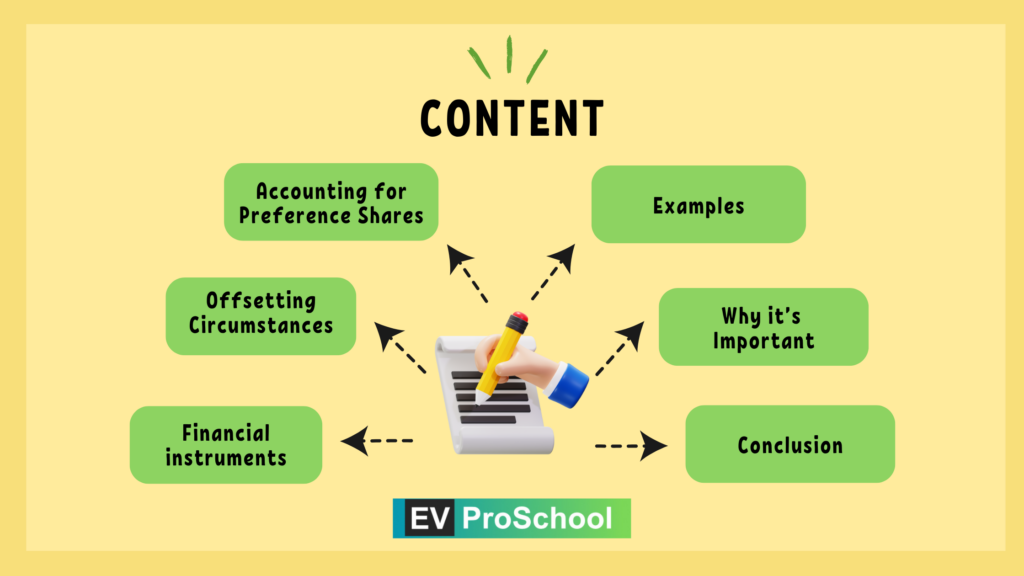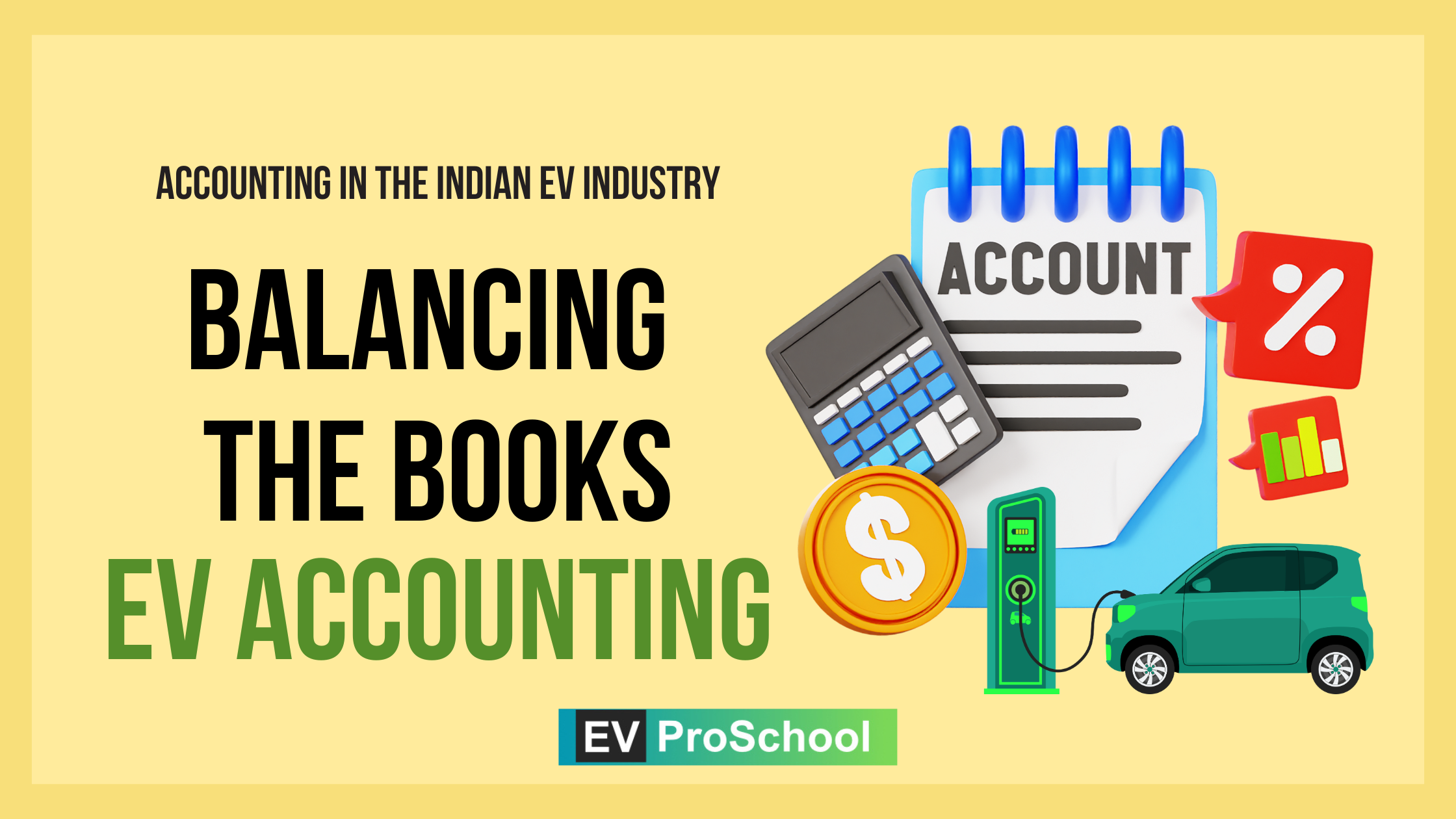Accounting treatment of financial instruments and the conditions for offsetting a financial asset against a financial liability. Let’s delve into this topic and apply it to the context of the Indian EV industry.

Understanding Debt vs. Equity
In accounting, how a company treats interest, dividends, losses, and gains largely depends on the classification of the financial instrument from which they originate. This classification determines whether such payments are recorded as an expense impacting the profit or loss statement or as distributions impacting equity. For example:
- Dividends on Debt Instruments: When preference shares are classified as a liability, dividends paid on them are treated as finance costs, which are charged as an expense. This treatment aligns with the notion that such instruments possess a debt-like character due to fixed payments and a maturity date for the return of principal.
- Dividends on Equity Instruments: Conversely, when shares are classified as equity, dividends paid are not expenses but reductions in equity. These distributions are reported in the statement of changes in equity through retained earnings.
Offsetting Financial Instruments:
Offsetting a financial asset and liability is permissible only in very specific circumstances. It’s allowed when the entity has a legally enforceable right to set off the amounts and intends to settle on a net basis or realize the asset and settle the liability simultaneously.
Let’s explore the financial scenario for “ElectroAuto Pvt. Ltd.” with some hypothetical numbers to illustrate the impact of issuing preference shares as liabilities versus equity, and the offsetting of a bank loan with a deposit.
Read More: Accounting for Assets: Now Full Example from EV Industry
Example: Accounting for Preference Shares
ElectroAuto Pvt. Ltd. issues preference shares with the following details:
- Total preference shares issued: 10,000 shares
- Face value per share: INR 100
- Fixed dividend rate: 8% per annum
Scenario 1: Preference Shares Classified as Liabilities
| Description | Amount (INR) |
|---|---|
| Face Value (10,000 shares) | 1,000,000 |
| Dividend Rate | 8% |
| Annual Dividends | 80,000 |
In this scenario, the INR 80,000 paid as dividends is considered a finance cost, reducing ElectroAuto’s taxable income.
Scenario 2: Preference Shares Classified as Equity
| Description | Amount (INR) |
|---|---|
| Face Value (10,000 shares) | 1,000,000 |
| Dividend Rate | 8% |
| Annual Dividends | 80,000 |
Here, the INR 80,000 dividends reduce retained earnings but do not affect taxable income.
Example: Offsetting Financial Instruments
ElectroAuto Pvt. Ltd. has a bank loan and holds a deposit with the following details:
- Bank Loan: INR 500,000 at 10% interest
- Bank Deposit: INR 200,000 earning 4% interest
Without Offsetting:
| Description | Amount (INR) | Interest/Return | Net Impact (INR) |
|---|---|---|---|
| Bank Loan | 500,000 | -50,000 (10%) | -50,000 |
| Bank Deposit | 200,000 | +8,000 (4%) | +8,000 |
| Total Impact | -42,000 |
With Offsetting:
| Description | Amount (INR) | Interest/Return | Net Impact (INR) |
|---|---|---|---|
| Net Loan Amount (after offsetting) | 300,000 | -30,000 (10%) | -30,000 |
| Total Impact | -30,000 |
In the offsetting scenario, ElectroAuto can report a net loan amount of INR 300,000 in its financial statements, reducing the interest expense to INR 30,000 from INR 50,000, improving the company’s financial position by INR 12,000.
Conclusion
For companies in the Indian EV sector, understanding the intricate accounting treatments of financial instruments is vital. It influences how they manage their finances and present their fiscal health to stakeholders. Whether through prudent issuance of equity or smart management of debt, the success of companies like ElectroAuto hinges on their financial literacy and strategy execution in line with accounting standards.



